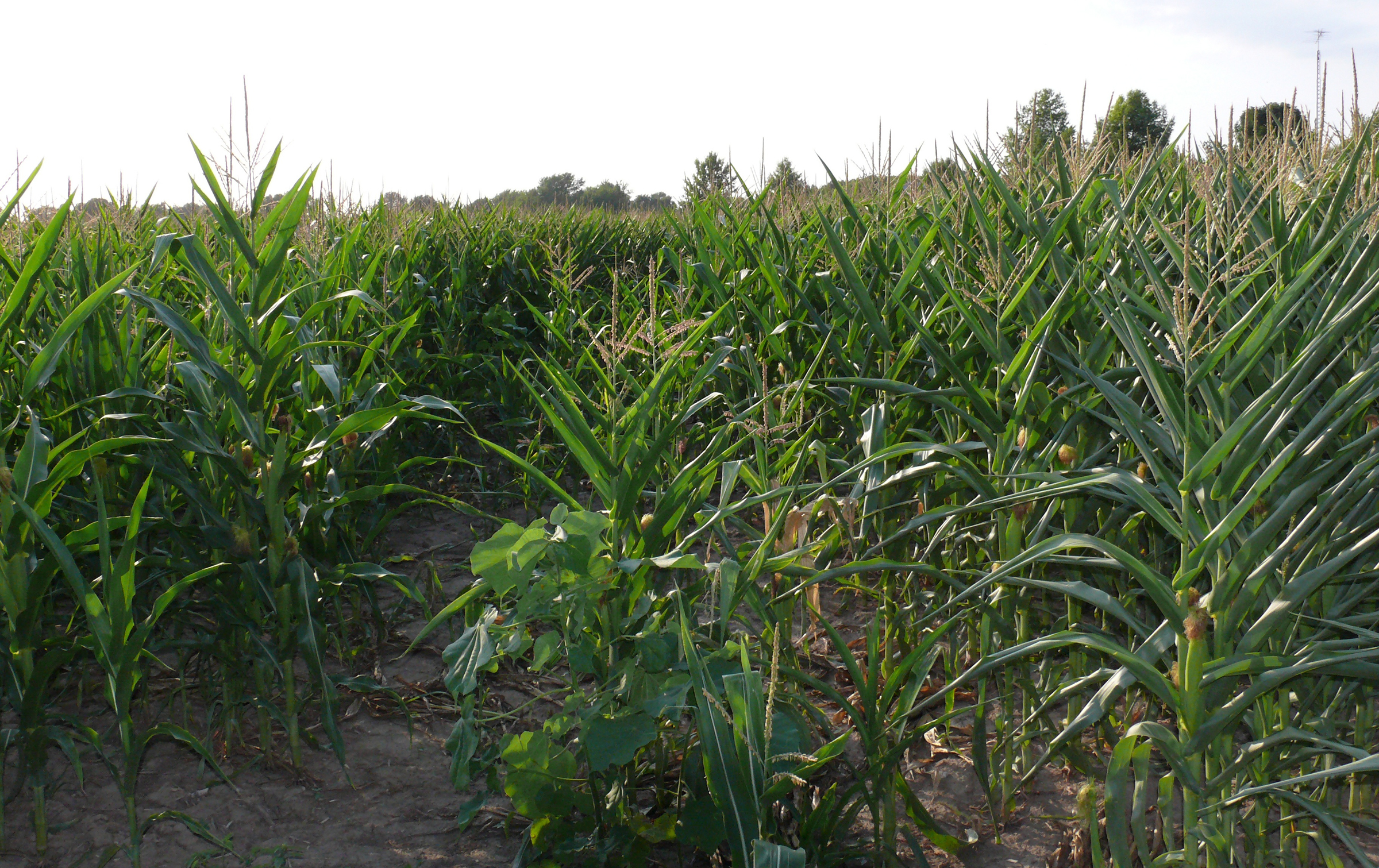



Indiana Drought Affecting Commodity Markets
US - Indiana crop conditions continue to deteriorate daily as the drought worsens to a level not seen since 1988, Purdue Extension corn specialist Bob Nielsen said Thursday (July 5).The state’s corn crop has fallen off such that only 19 per cent was rated good to excellent by the US Department of Agriculture, Nielsen said during a news conference at the Indiana State Fairgrounds. As of July 1, more than 90 per cent of the crop acres were rated as short to very short for soil moisture.
As a majority of the corn crop enters the crucial and sensitive pollination period, there is little chance for recovery, Nielsen said. Without rain and cooler temperatures, he said, corn could lose up to 10 per cent yield potential daily.
“A break in the drought and heat for the remainder of the season would certainly minimise further deterioration of the corn crop but would not result in recovery to anywhere close to normal yields,” he said.

Rain that parts of Indiana received in the past week prevented the drought from worsening, but more rain more often would be needed to bring the state out of drought. Most of the state continued to experience various intensity of drought, according to the US Drought Monitor update on Thursday. The southwest and northeast remained in extreme drought, the second-highest level of drought.
Purdue Extension agricultural economist Chris Hurt estimated that as of July 1, Indiana had already lost 20 per cent of the expected corn yields - down to 133 bushels per acre, compared with 166 expected at spring planting.
Soybeans fared slightly better in the yield projections, down 15 per cent at 41.3 bushels per acre instead of 48.6 bushels expected early in the season. Part of the reason is because soybeans still have time to recover somewhat with a return to more normal rainfall.
“Soybean yields are significantly related to August temperatures and precipitation,” Hurt said. “There is still potential for yield recovery in soybeans up until late July and even into August.”
Commodity markets already have taken notice of the projected yield losses. At the end of trading on Tuesday (July 3), corn cash prices were up about 27 per cent, and soybean prices were up about 5 per cent.
But Hurt said that might not be enough to compensate producers’ lost farm income from low yields.
“Indiana is the worst hit of the major corn and soybean states,” he said. “This is a situation where Indiana’s average yield losses might not be compensated by high enough prices, and revenues can fall sharply - a potentially difficult financial situation.”
The higher grain prices also could have a ripple effect on animal agriculture, which relies heavily on corn and soybean meal to feed livestock. Forages also will be in short supply.
“The animal production sector also faces the potential for large financial losses due to much higher feed prices for corn, soybean meal and forages for dairy, beef and sheep herds,” Mr Hurt said.
The effects of the drought also could touch agricultural businesses, such as handlers and processors, equipment dealers, and seed, fertilizer and pesticide providers.
Ultimately, consumers are likely to see an increase in food prices of 2.5 per cent to 3.5 per cent into 2013, Hurt said.
One bright spot for crop farmers is that they enter the 2012 drought in a better financial situation than what farmers experienced leading up to the drought of 1988, which devastated crops.
Mr Hurt said farm incomes have been stronger in the past two years and that with land values at record-high levels, crop farmers have generally higher net worth.
Crop insurance also could play a major role in helping farmers avoid devastation this year, Hurt said. About 75 per cent of Indiana crop acres are covered by some form of crop insurance.
“But crop insurance generally does not provide for full recovery of losses,” he noted. “It is often used to help avoid catastrophic financial losses.”
Crop insurance commonly covers 65 per cent to 85 per cent of a crop’s overall estimated value, depending on the type and levels of coverage farmers select.
Purdue Extension has compiled drought resources for grain and livestock farmers as well as consumers. Links to those resources are available here.
TheCattleSite News Desk

